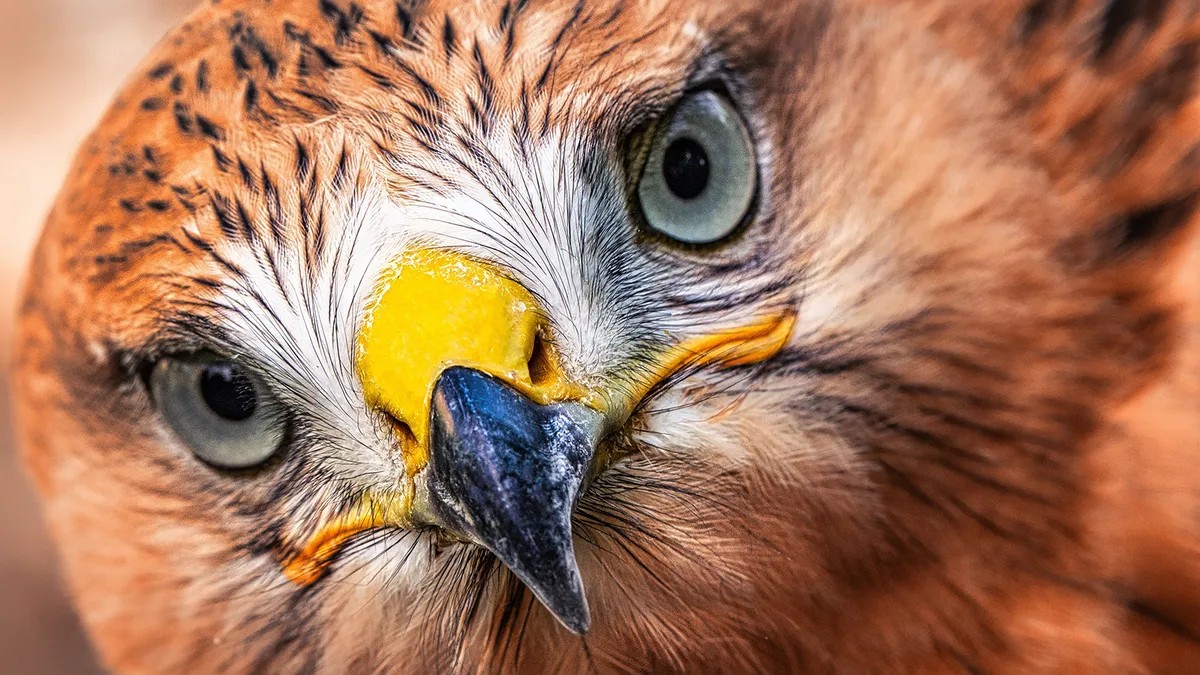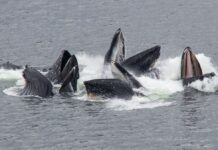From soaring condors to ground-dwelling turkeys, North America boasts an impressive array of large bird species. These avian giants vary greatly in size, habitat, and dietary habits, but they all captivate with their majestic presence.
Some, however, face significant challenges to their survival. Habitat loss, climate change, and human activity contribute to threats like lead poisoning for the California condor and overhunting for the wild turkey. Understanding these challenges highlights the crucial role of conservation efforts in protecting North America’s winged wonders.
Airborne Titans:
The California condor reigns supreme as North America’s largest flying bird, with a wingspan reaching up to an awe-inspiring 10 feet (3 meters). These critically endangered New World vultures are known for their impressive soaring abilities, gliding effortlessly across vast distances despite weighing only around 20 pounds (9 kg). Their populations were decimated by habitat destruction and lead poisoning from ingested ammunition fragments. Intensive conservation efforts involving captive breeding programs and reintroduction initiatives have allowed condors to make a comeback in parts of California, Arizona, Utah, and Baja California, Mexico.
Another heavyweight contender is the trumpeter swan, North America’s heaviest native bird. Standing nearly 4 feet (1.2 meters) tall and tipping the scales at up to 30 pounds (13.6 kg), these elegant birds possess a wingspan rivaling the condor’s at about 8.5 feet (2.6 meters). Trumpeter swans breed across northern North America, spending winters in wetlands and coastal regions where they feed on aquatic plants.
The whooping crane, one of the world’s tallest flying birds, further highlights North America’s avian diversity. These magnificent creatures soar with a wingspan of 7.5 feet (2.3 meters) and reach a towering height of about 5 feet (1.5 meters). Once teetering on the brink of extinction due to habitat loss and hunting, their populations have rebounded thanks to dedicated conservation efforts, which include captive breeding programs and careful management of migratory corridors.
Masters of Their Domain:
While not strictly limited to flight, birds like the American white pelican exemplify impressive adaptations for aquatic life. This species boasts a wingspan up to 9.5 feet (2.9 meters) and is among the largest seabirds in the world. Unlike other pelicans that plunge from the air to catch prey, American white pelicans exhibit a unique hunting strategy: they swim in synchronized groups, herding fish before scooping them up in their massive pouches.
On land, powerful raptors like the golden eagle dominate the skies of western North America. These avian assassins weigh up to 15 pounds (6.8 kg) and have wingspans stretching up to 7.5 feet (2.3 meters). Their exceptional eyesight and razor-sharp talons allow them to hunt mammals and other birds with remarkable precision, making them apex predators in their ecosystems.
Iconic Symbols:
Few birds carry as much cultural weight as the bald eagle. As the national bird of the United States, this majestic raptor stands as a symbol of freedom and strength. Adult males can achieve wingspans up to 7.5 feet (2.3 meters) and weigh approximately 10 pounds (4.5 kg). Though they once faced threats from DDT poisoning and habitat loss, concerted conservation efforts have led to a resurgence in bald eagle populations across northern North America. These adaptable birds primarily feed on fish, thriving near bodies of water.
Ubiquitous Wetland Dwellers: The great blue heron, another striking resident of North American wetlands, is renowned for its towering stature. Standing over 4 feet (1.2 meters) tall with a wingspan reaching around 6.5 feet (2 meters), it stalks prey with remarkable patience and precision. These long-legged birds are masters at using their sharp beaks to spear fish from the water’s surface, making them among the most widely distributed birds on the continent.
The Unexpected Heavyweight:
Finally, consider the wild turkey, a terrestrial giant often overlooked. While not known for soaring feats, adult male turkeys can weigh up to 24 pounds (10.9 kg) and measure nearly 4 feet (1.2 meters) in length. Their powerful legs allow them to run considerable distances, and while they primarily forage on the ground, they possess the ability to fly short bursts when escaping danger. Native to southern Mexico and widely distributed across much of the United States, wild turkeys are familiar sights in forests and fields.
North America’s avian giants represent a stunning diversity of adaptation and ecological importance. Understanding their unique challenges and celebrating their captivating presence is crucial for ensuring their continued survival for generations to come.

























